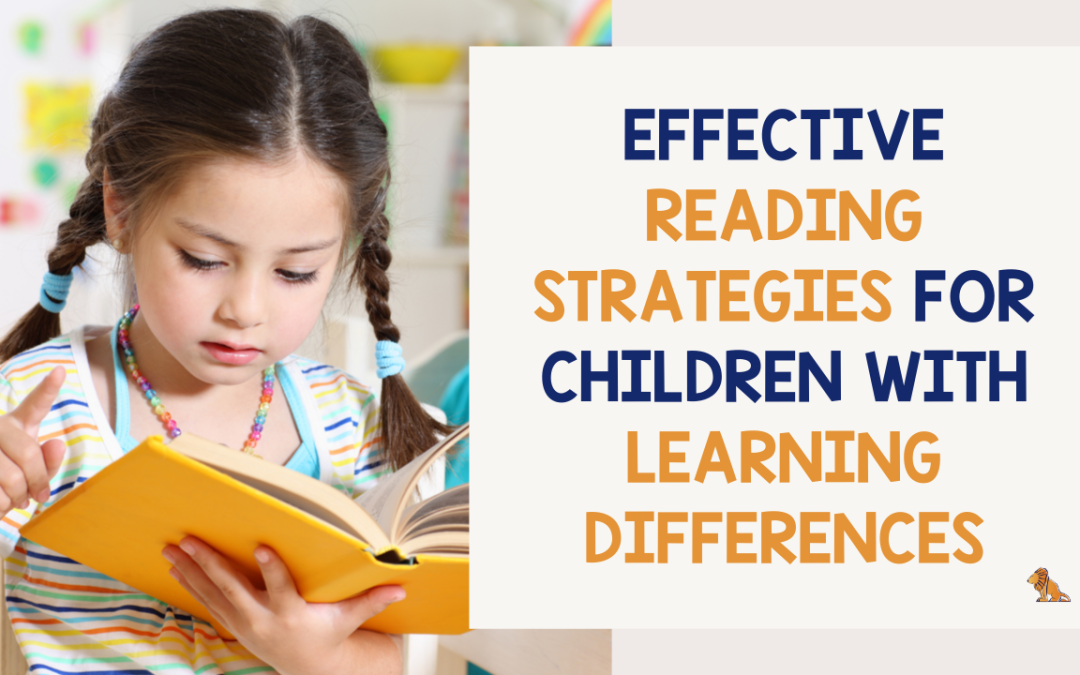News
Structured Literacy Strategies
What if all teachers were skilled in different strategies to support Structured Literacy?
At Hartwell The Educators University, all graduates complete courses in Structured Literacy. We understand the importance of providing effective reading instruction that equips our students with the foundational literacy skills they need for academic success. Structured Literacy is a research-based approach that has proven to be highly effective in teaching reading and language skills. Here are some strategies we can implement in our classrooms to embrace this comprehensive approach:
- Explicit and Systematic Instruction: Break down language concepts into sequential, cumulative steps, progressing from simple to complex. Provide clear, direct instruction that follows a planned scope and sequence (Moats, 2020).
- Multisensory Techniques: Engage multiple senses through tactile, auditory, visual, and kinesthetic activities, such as using letter tiles, air writing, or tapping out sounds (International Dyslexic Association, 2018).
- Differentiated Instruction: Regularly assess student progress and adjust instruction to accommodate diverse learner needs, ensuring individualized support (Kilpatrick, 2015).
- Integrated Literacy Components: Teach phonology, orthography, morphology, syntax, and semantics in an interconnected manner, emphasizing their relationships in language development (Birsh & Carreker, 2018).
- Aligned Instruction and Interventions: Ensure that targeted interventions align with classroom instruction, using consistent instructional language, routines, and scope and sequence of skills (Kilpatrick, 2015).
- Technology Integration: Leverage educational apps, digital tools, and interactive resources to supplement traditional teaching methods, providing engaging and adaptive learning experiences (Coyne et al., 2018).
- Collaborative Planning and Coaching: Foster collaboration among teachers, interventionists, and specialists to align instruction, share best practices, and receive ongoing coaching and feedback (Birsh & Carreker, 2018).
By implementing these strategies, we can create a structured literacy environment that supports our students’ development of essential reading and language skills. Consistent, comprehensive, and evidence-based instruction is key to ensuring that all learners, including those with dyslexia or other reading difficulties, can achieve literacy success.
About Hartwell – The Educators University
Hartwell is dedicated to empowering K-12 education leaders by fostering the growth of their people into competent and compassionate educators and leaders. Our mission is to ensure every child is taught by educators trained from a biblical worldview, emphasizing both excellence and empathy. Through our affordable online pathways to education degrees, we make careers in K-12 education accessible to everyone, enabling a new generation of teachers and leaders to inspire and educate future generations.
Discover more about our programs and scholarship opportunities at Hartwell.
Sources
Birsh, J. R., & Carreker, S. (2018). Multisensory teaching of basic language skills (4th ed.). Paul H. Brookes Publishing Co.
Coyne, M. D., Kame’enui, E. J., & Carnine, D. W. (2018). Effective teaching strategies that accommodate diverse learners (4th ed.). Pearson.
International Dyslexic Association. (2018). Multisensory structured language education fact sheet. Retrieved from https://dyslexiaida.org/multisensory-structured-language-education/
Kilpatrick, D. A. (2015). Essentials of assessing, preventing, and overcoming reading difficulties. Wiley.
Moats, L. C. (2020). Speech to print: Language essentials for teachers (3rd ed.). Paul H. Brookes Publishing Co.

